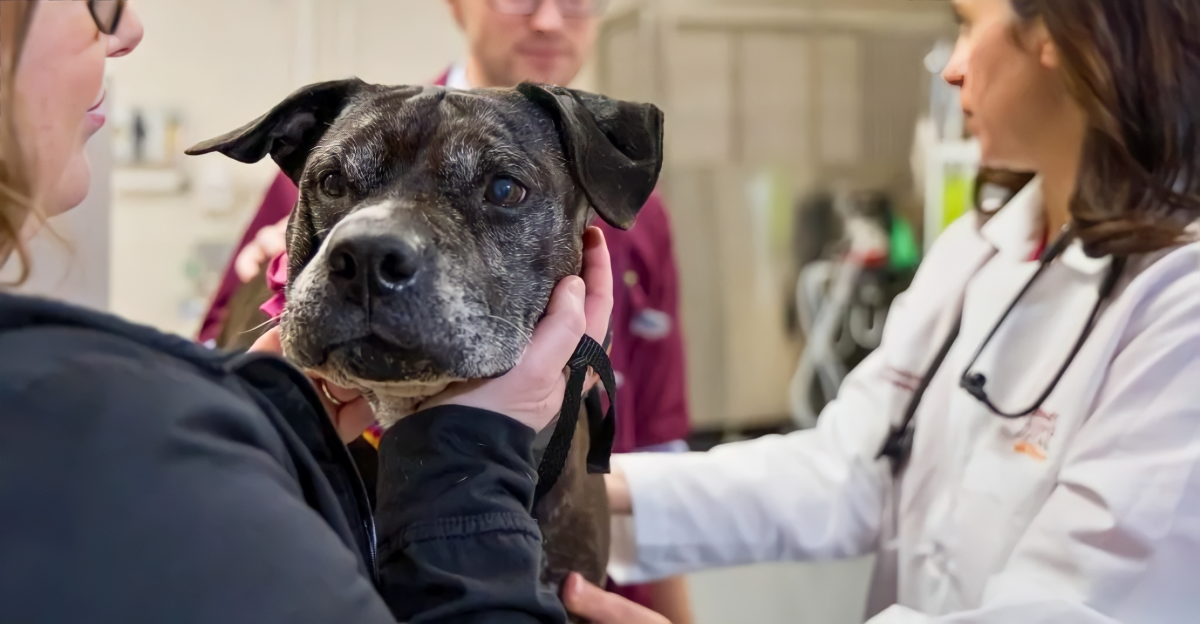
Cancer is a very serious and very common health concern for dogs. About one in every three dogs will be affected by cancer over their lifetime. Approximately half of all canine cancers are treatable if they are caught early enough, which is why early detection is extremely important. This is what you need to watch out for.
Lumps and Bumps
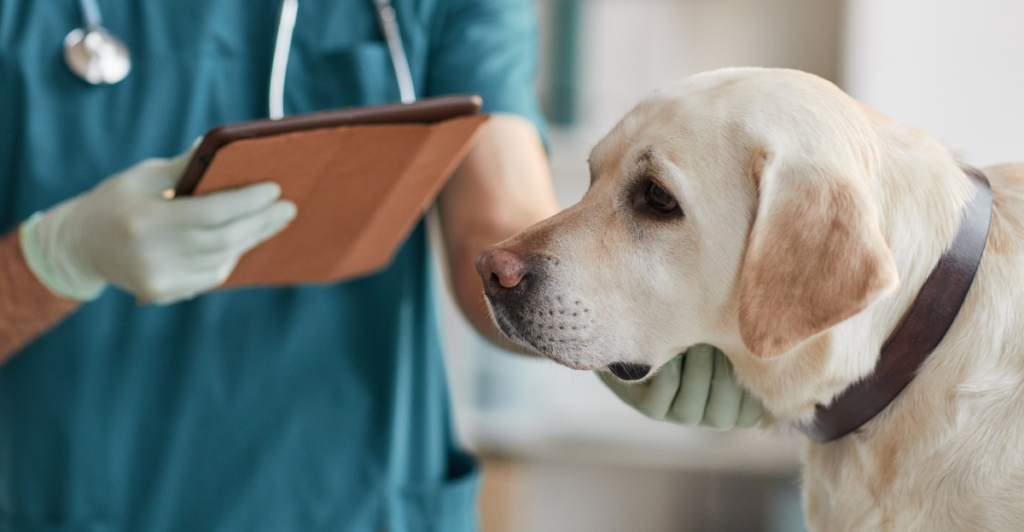
Strange, unexplainable lumps or bumps are one of the most common cancer symptoms in dogs. It is important to note that not all growths are malignant, but some can be a sign of skin cancer, mammary tumors, or other serious conditions. You should regularly check your dog for any new or unusual lumps. Concerning growth should be examined by a veterinarian.
Non-Healing Wounds
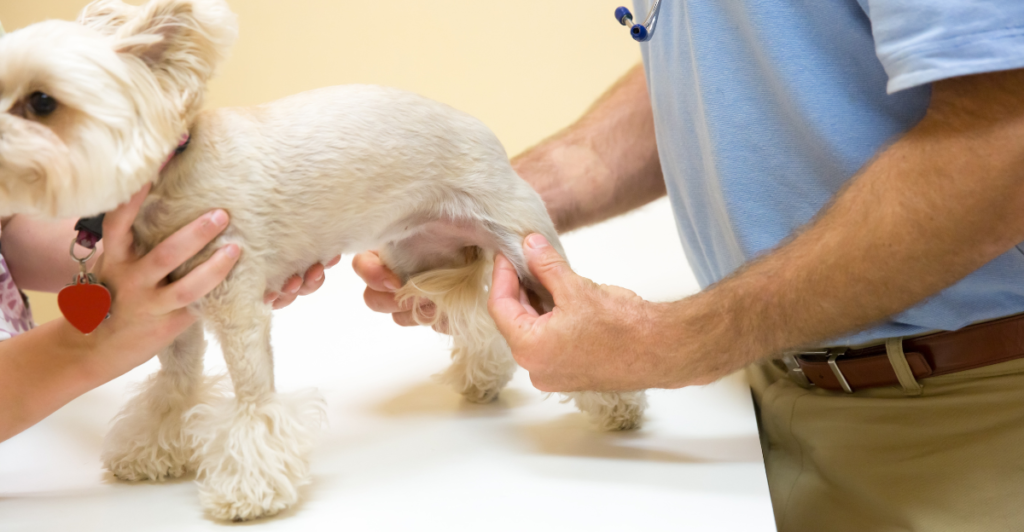
Have you noticed persistent wounds that don’t seem to heal? These can be mast cell tumors. These lesions are very easy to spot and will often look red and irritated. If your dog has recurring sores or wounds that do not improve over time, take them to the vet immediately.
Abnormal Odors

If you notice foul smells emanating from your dog’s mouth, ears, or other body parts, they might have cancer. Cancers that affect the mouth, nose, or anal regions can sometimes produce nasty odors without visible tumors. If you notice these odors, speak to your vet immediately.
Weight Loss and Appetite Changes
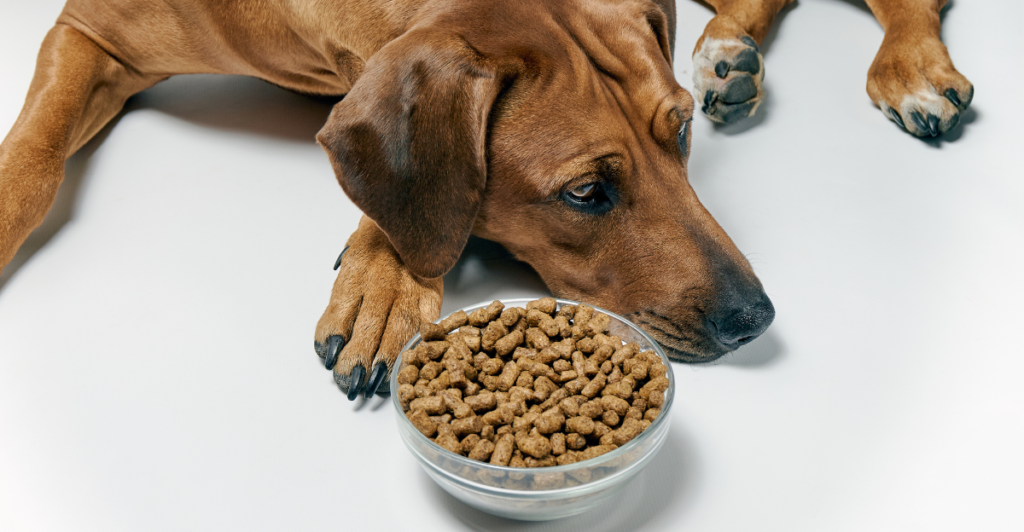
Sudden weight loss or changes in appetite are common signs of cancer in dogs. Gastrointestinal tumors can interfere with digestion and nutrient absorption, which will lead to rapid weight loss. Oral tumors will often cause pain while your pet is eating, which can result in reduced food intake.
Coughing or Difficulty Breathing
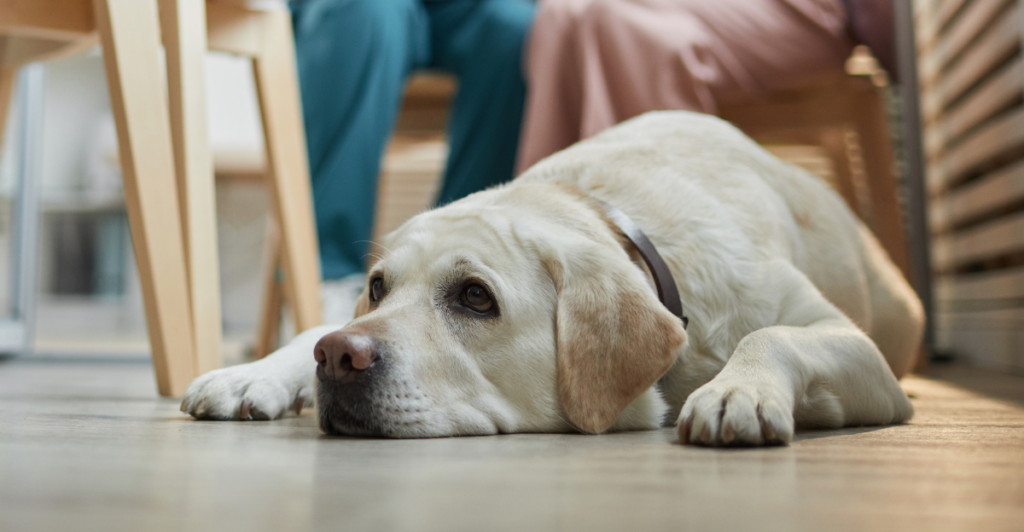
Coughing or respiratory difficulties could be a sign of lung or throat cancer. Enlarged lymph nodes in the throat region can also cause noisy breathing. You should not ignore persistent coughing or labored breathing. If your pet is displaying these symptoms, you need to call your vet.
Lethargy and Decreased Energy Levels
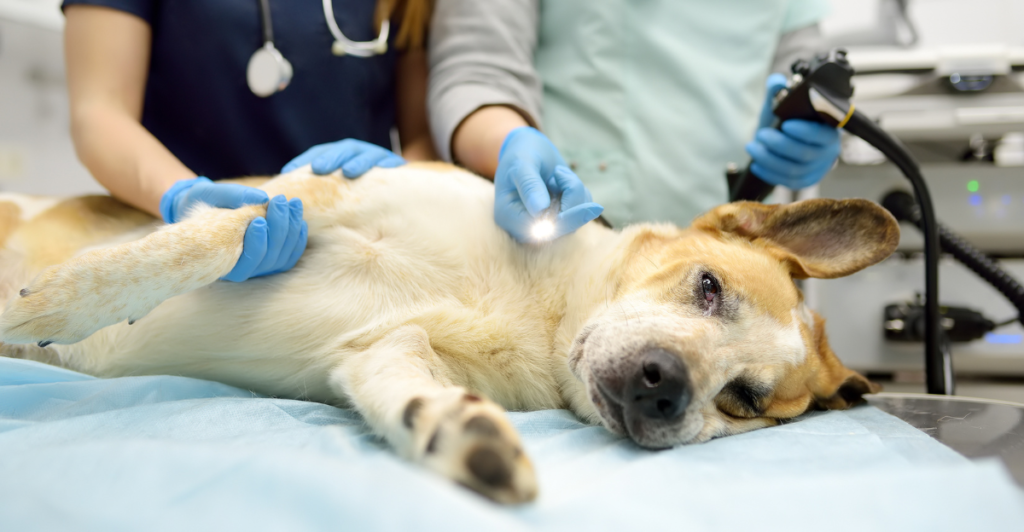
Dogs suffering from cancer will often exhibit lethargy and reduced willingness to engage in physical activities. Although these symptoms can be a sign of aging or other illnesses, they are commonly seen in pets battling cancer. Monitor your dog’s energy levels closely, and if they seem tired or withdrawn, consider taking them to the vet.
Changes in Bathroom Habits
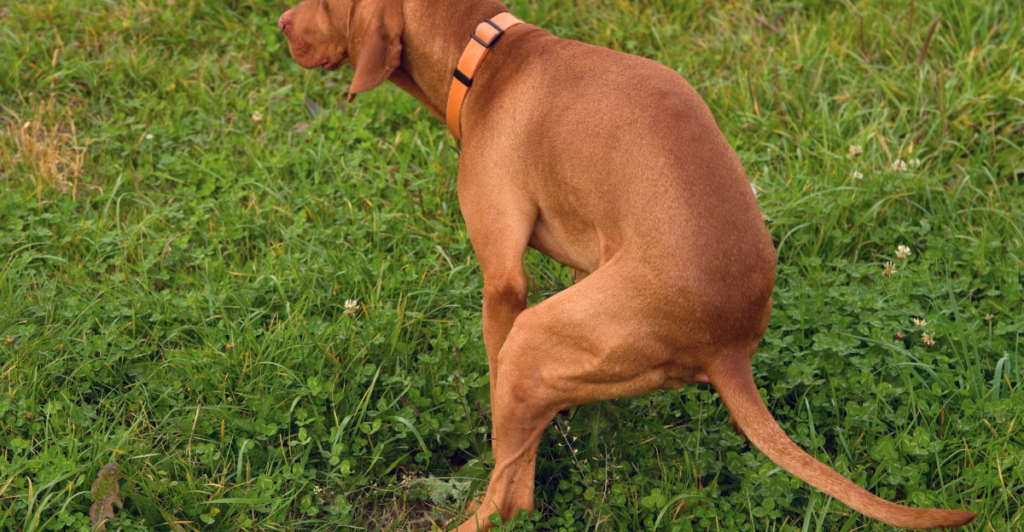
Has your pet’s bathroom habits changed? Alterations in urination or defecation patterns, like difficulty eliminating or blood in stool or urine, could be signs of cancer. These symptoms may stem from tumors affecting the bladder, intestines, or other organs. Aby changes in bathroom habits should be mentioned to your vet.
Evidence of Pain or Lameness
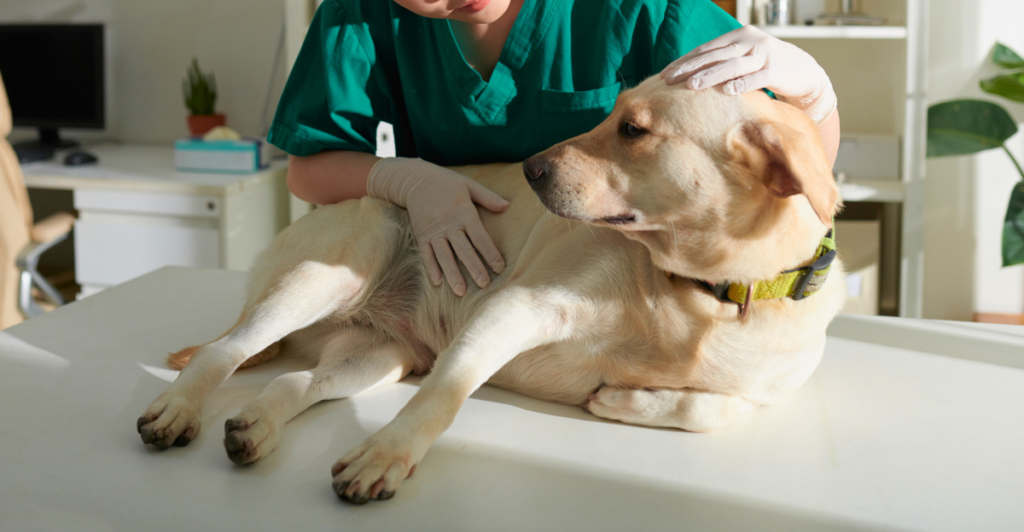
If your pet is showing signs of pain or limping, it could be an indication of bone cancer or other malignancies that affect the muscles and nerves. Bone cancer, like osteosarcoma, often causes swelling and tenderness in the affected limbs.
Abnormal Discharges
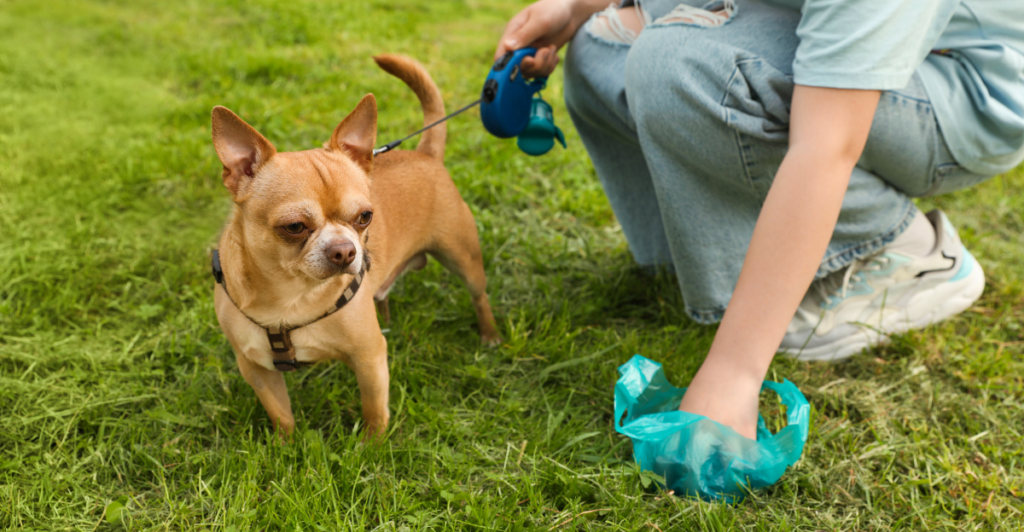
Abnormal dischargers are often a sign of cancer. Look out for blood, pus, vomit, diarrhea, or any other unusual substances. Abnormal bleeding from the mouth or nose could be a sign of melanoma or other types of cancer. Any abnormal discharge should be addressed by a veterinarian.
Swollen Lymph Nodes
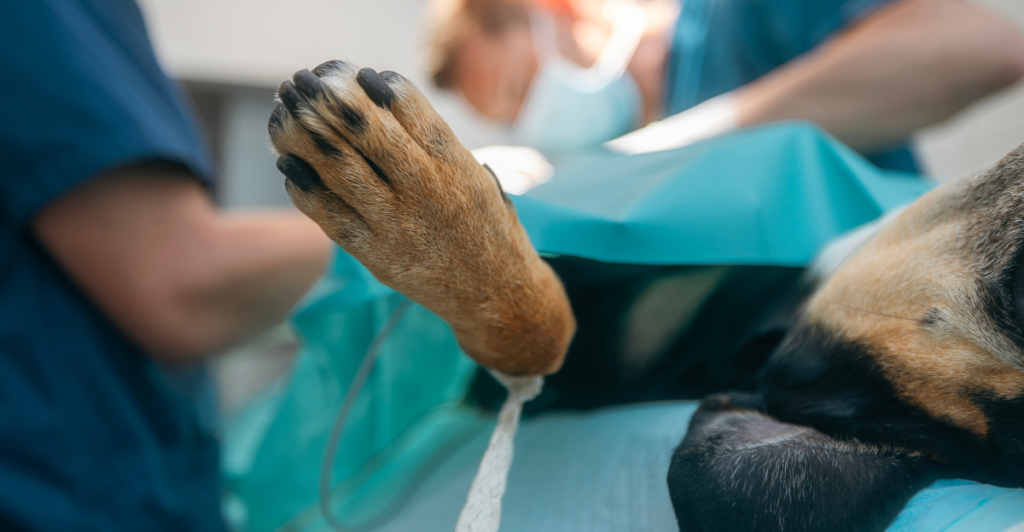
Watch out for enlarged lymph nodes in your pet’s neck, armpits, and knees. These can often be a symptom of lymphoma, which is one of the most common cancers in dogs. Regularly check these areas for any abnormalities, and take your pet to the vet if you notice any unusual swelling.
Behavioral Changes
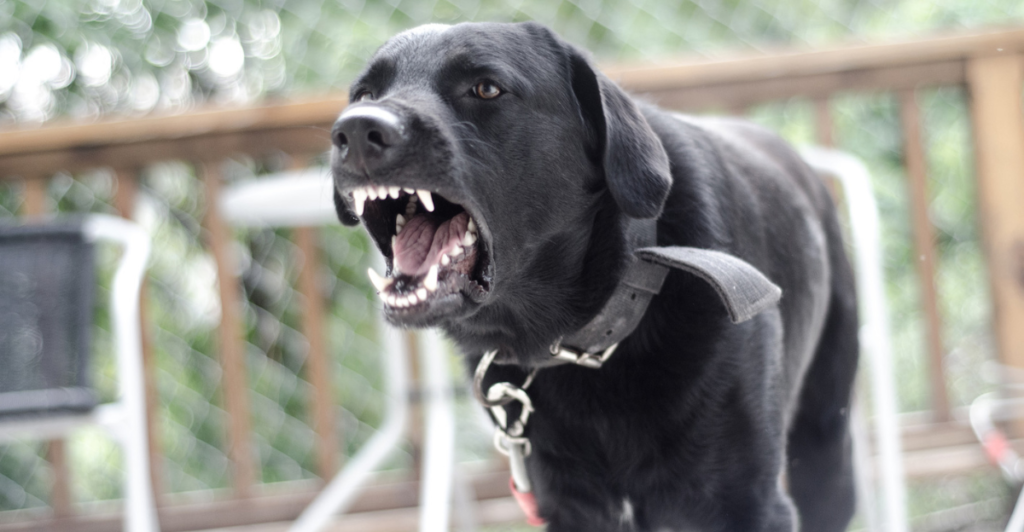
Neurological issues such as seizures or head tilts may occur if cancer affects the brain. Behavioral changes like irritability or withdrawal can also be subtle signs of illness. Pay close attention to shifts in your dog’s behavior and consult a vet if they persist.
Taking Action Against Dog Cancer
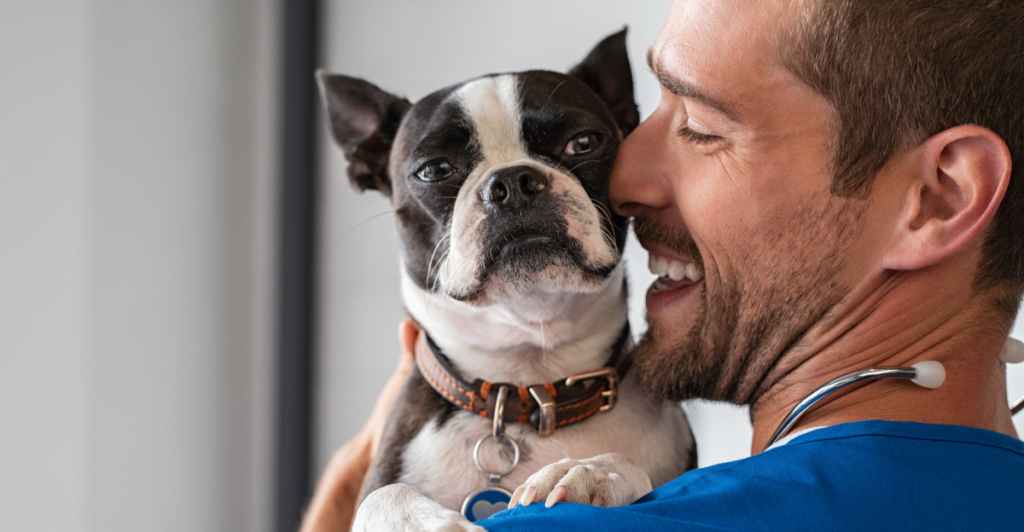
Recognizing these warning signs is very important for early detection and treatment of canine cancer. Regular veterinary checkups are necessary to identify symptoms that might otherwise go unnoticed. As pet owners, staying vigilant about changes in your dog’s health ensures they receive timely care and improves their chances of recovery.
Explore more of our trending stories and hit Follow to keep them coming to your feed!

Don’t miss out on more stories like this! Hit the Follow button at the top of this article to stay updated with the latest news. Share your thoughts in the comments—we’d love to hear from you!







